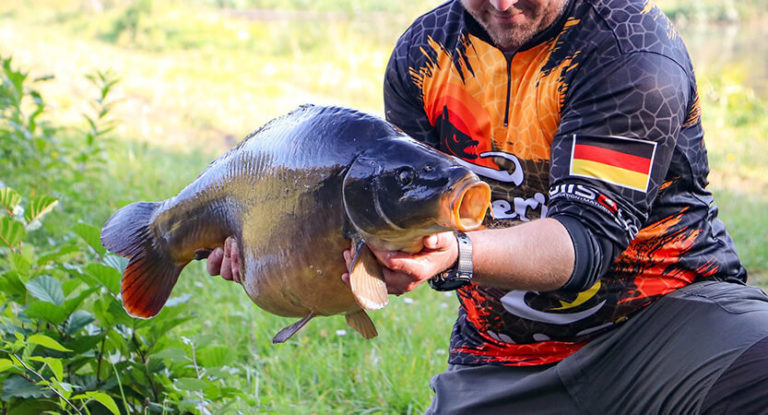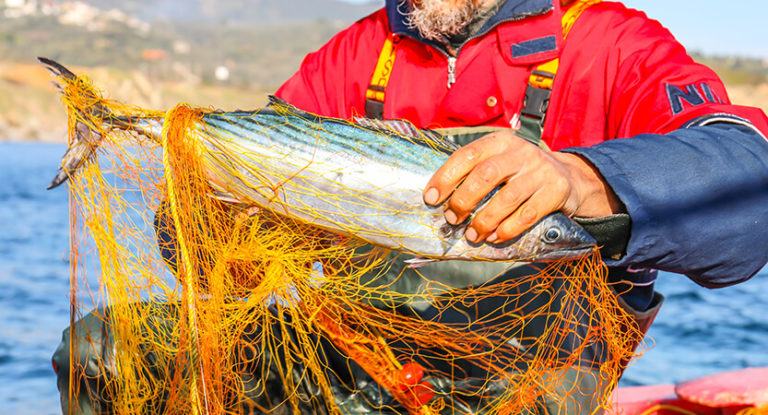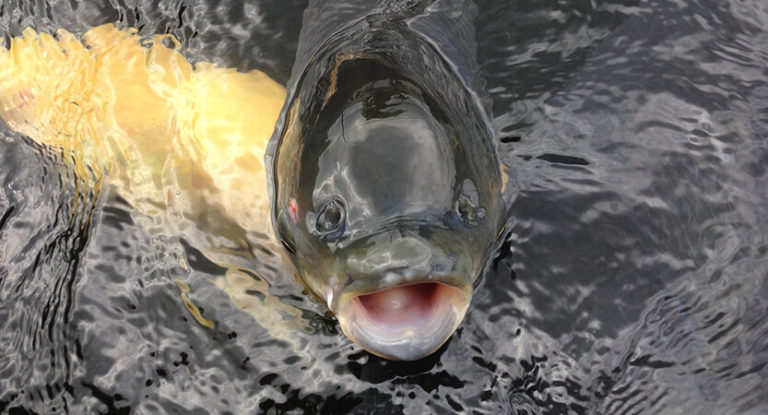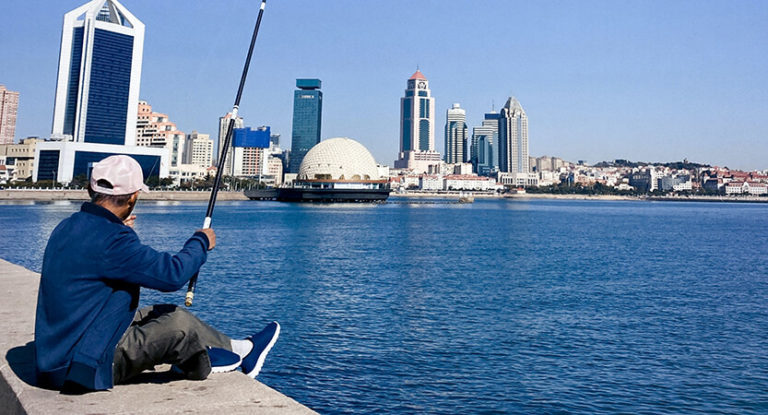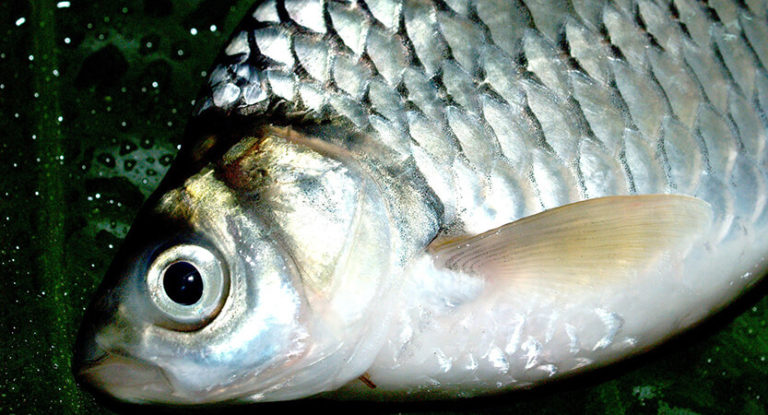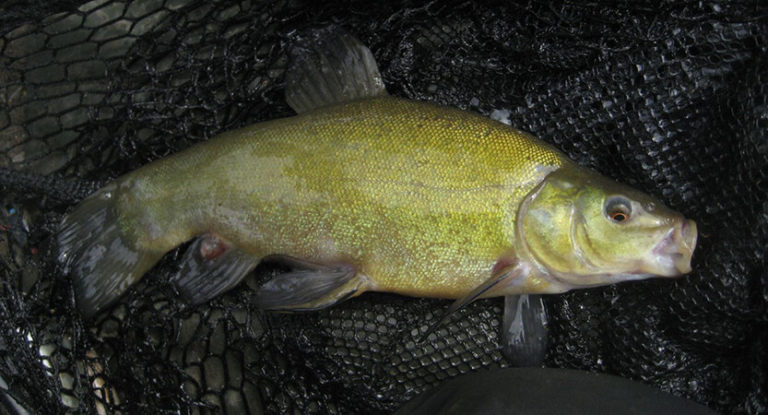Halibut or “demersal fish”, belong to a large family of flatfish. Among a wide variety of different flatfish, halibuts are part of the group of northern flounders and form three genera: white-winged, black (blue-headed) and arrow-toothed. The genera include 5 species that live on a large range from the North Atlantic to the Sea of Japan.
Here is an overview of the content of this tutorial, feel free to jump to any section you care about:
For more fishing instructions, take a look at these popular Trizily links: Payara Fishing, Piranha Fishing.
- The 7 best spinning rods 2022
- The 9 best lures for bass fishing 2022
- The 10 best fish finders for the money 2022
- The 7 best spinning reels 2022
Halibut Fishing
Overview of halibut
Halibuts differ from most types of flounders in a more elongated body and a less pronounced asymmetry of the head. Both eyes of the fish are on one side. Halibut’s mouth is large enough and reaches almost the level of the eye and further from the outside. There are large sharp teeth in the mouth. Color can vary greatly depending on the soil on which the fish live; belly whitish.
Characteristics of halibut
Usually, the ratio of the body dimensions of the fish is described in the following proportions: the width corresponds to a third of the length. As a rule, smaller individuals live in the coastal zone, but on the expanses of the ocean, especially at great depths, individuals of 300 kg or more can be found. The largest species is the white-winged Atlantic halibut, but its extraction is prohibited, the species is listed in the European Red Book. During rest or in ambush, the fish lies at the bottom, but periodically halibuts rise from the bottom, while moving around, turning the body on its side. In general, halibuts are referred to as sedentary species. Fish are active predators despite the fact that they are more often hunted from ambush. They feed mainly on benthic animals: mollusks, crustaceans, and also fish (such as pollock, cod and others).
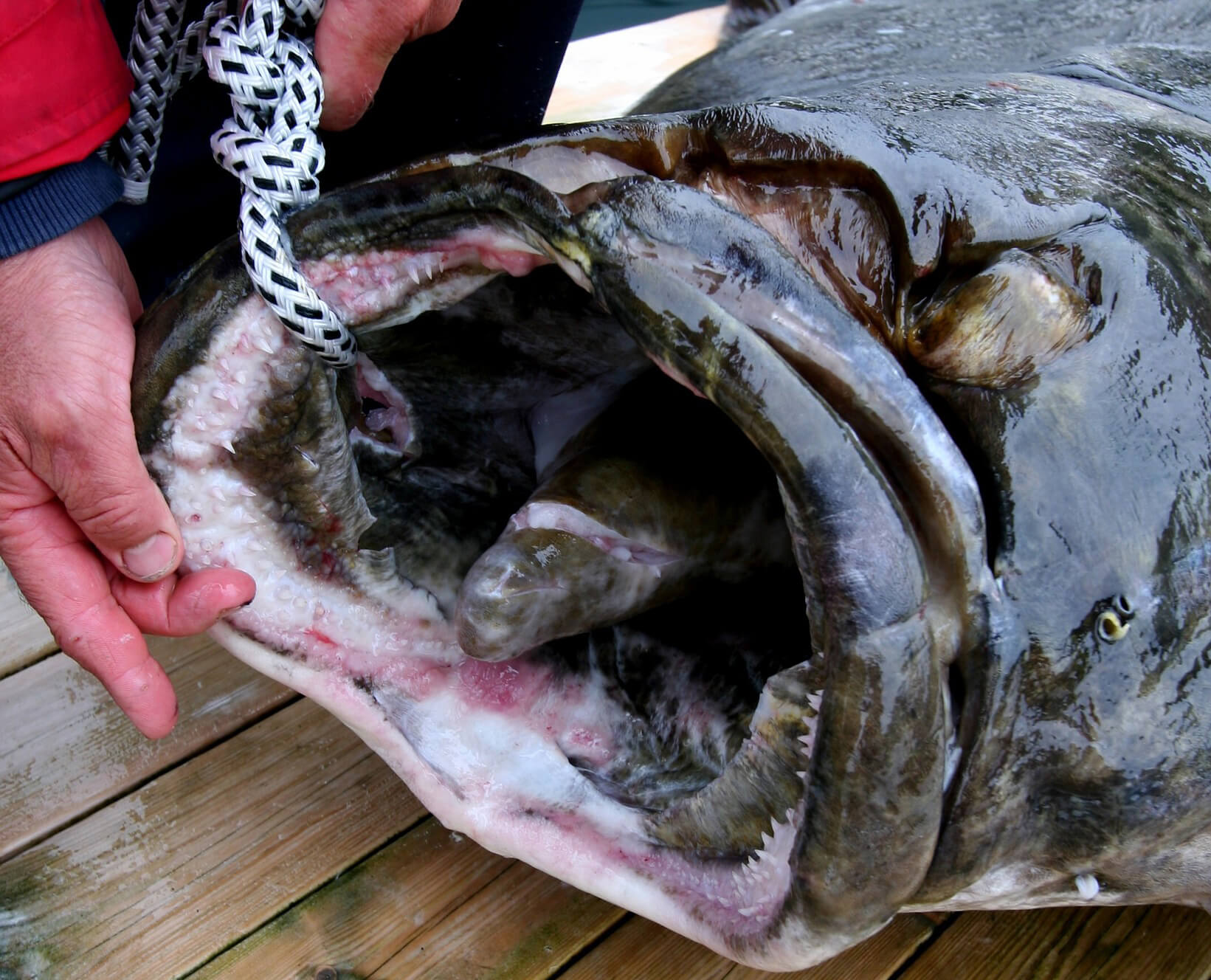
Reproduction habit of halibut
The maturity of fish occurs by 7-10 years of life. Spawning occurs in winter and spring, depending on the region. Females lay eggs at the rocky-sandy bottom at a depth of up to 1000 m. Fertility is quite high. Caviar is considered pelargic. The development of caviar is similar to other flatfish. At first, the halibut fry are quite similar to ordinary fish. Eggs drift for some time in the water column along with plankton. The rate of development of the larvae depends on the temperature of the medium. It should be noted that halibuts can mash a huge amount of caviar – up to a million pieces. Before settling to the bottom and metamorphoses with a change in body shape, young fish feed on invertebrates.
Halibut fishing guide: Techniques, bait and gear
Halibut fishing techniques
Halibut are actively caught on fishing gear. Most often, various bottom tiers are used for this. Catching halibut for amateur tackle is a very popular type of outdoor activity in Northern Europe, America. Many fishing companies offer separate tours for fishing this fish. Given the characteristics of habitat, the main way of amateur prey is “plumb fishing”. To do this, use various accessories and fishing rods.
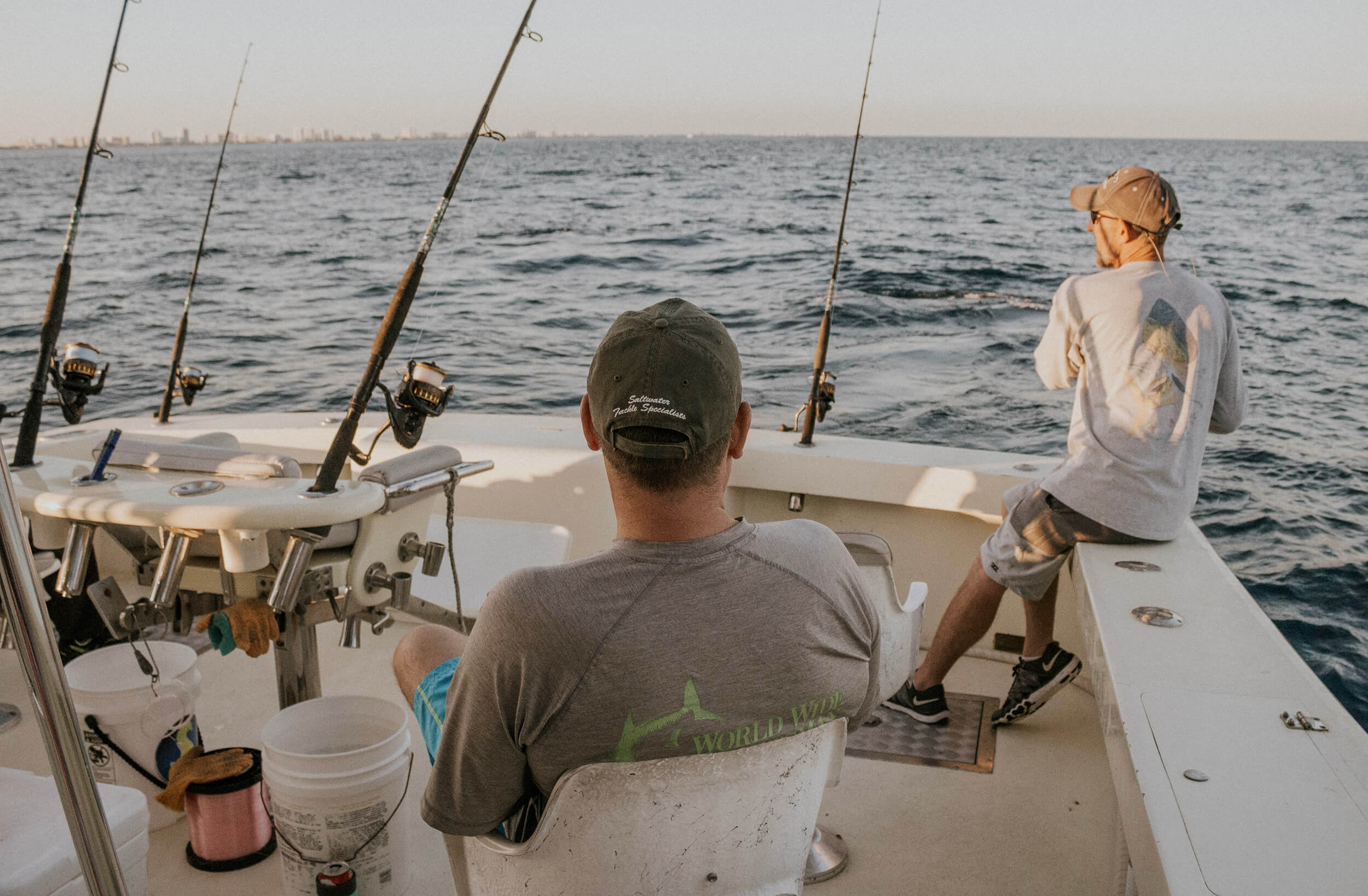
In the simplest version, it can be just a wooden reel or a voluminous plastic spool reel, on which a thick scaffold or cord is wound, at the end of which a snap is attached. Such tackle is interesting in that when fishing is in direct contact with the fish. It should be borne in mind that when biting a large fish, a certain experience of survival is needed in order not to get injured.
The most convenient way of fishing is fishing on marine spinning gear for vertical spinning using various techniques for both natural bait and various artificial lures. Some fishing companies practice halibut fishing for deep trolling. In addition, there are some fly fishing enthusiasts who, with some training and perseverance, catch halibut on this tackle.
Spinning for halibut
Before the first halibut fishing, you should get acquainted with the features of fishing for this fish. The most successful way of halibut fishing is jigging. Fishing takes place from boats and boats of various classes. As for catching many other large inhabitants of the seas, anglers use spinning gear to catch halibuts.
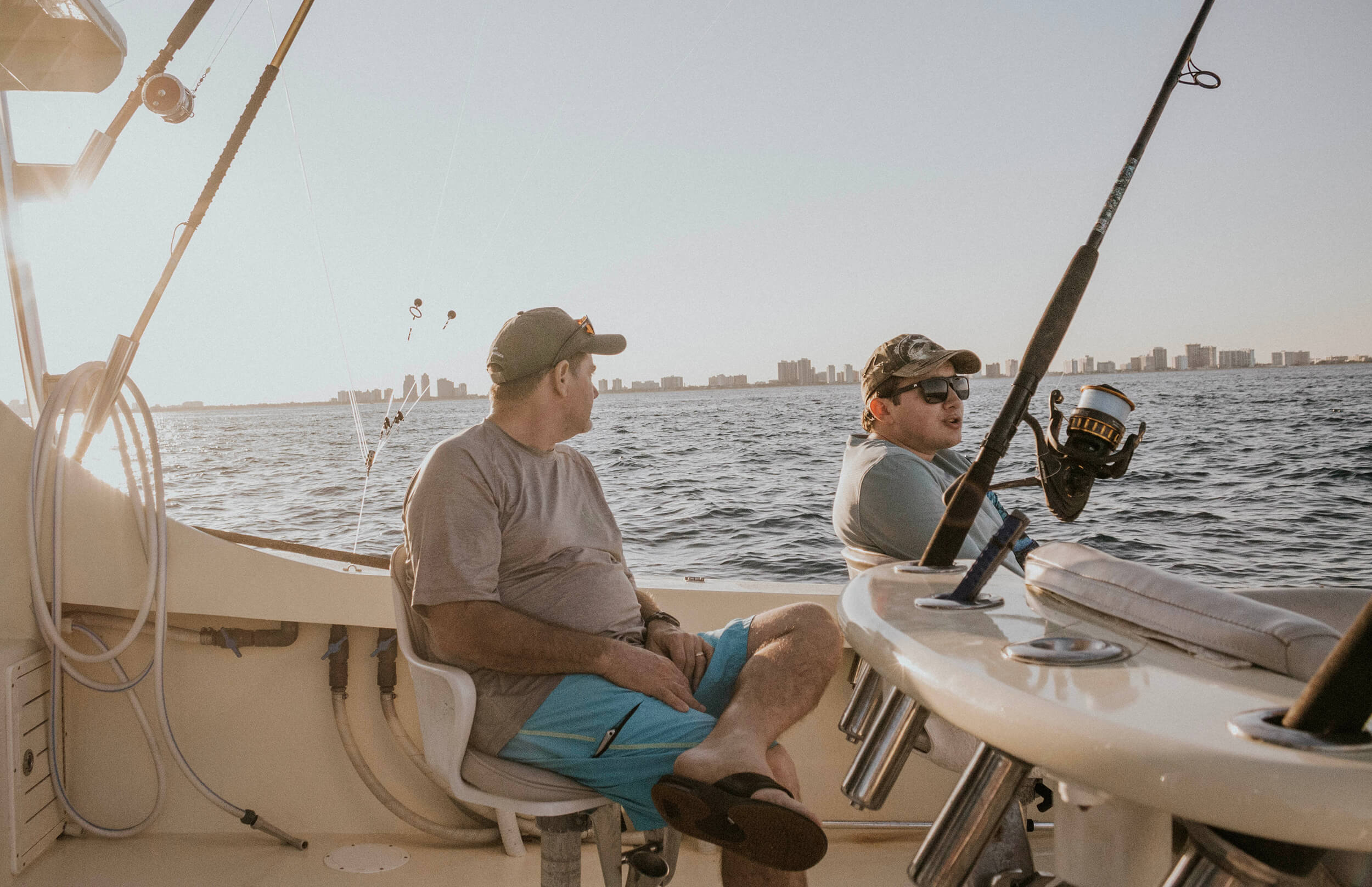
For all gears in spinning fishing for sea fish, as in the case of trolling, the main requirement is reliability. Reels should be with an impressive supply of fishing line or cord. In addition to a trouble-free brake system, the reel must be protected against salt water. Spinning fishing from a boat may differ in lure feeding principles. In many cases, fishing can take place at great depths, which means that there is a need for prolonged exhaustion of forests, which requires certain physical exertion on the part of the fisherman and increased requirements for the strength of gear and reels, in particular. According to the principle of action, the reels can be either multiplier or inertialess. Accordingly, the rods are selected depending on the reel system.
When fishing for spinning sea fish, the fishing technique is very important. In order to select the correct wiring, consult with experienced local fishermen or guides. When catching halibut, and especially trophy sizes, it requires a lot of patience and experience in fishing large fish. It should be borne in mind that the fish are fighting for their lives “to the last.” When fishing, you must be extremely careful. Anglers may be injured due to the fish during the game or when it is already on board. There are known cases of overturning of small boats by halibuts during the boarding and so on.
Halibut fishing bait
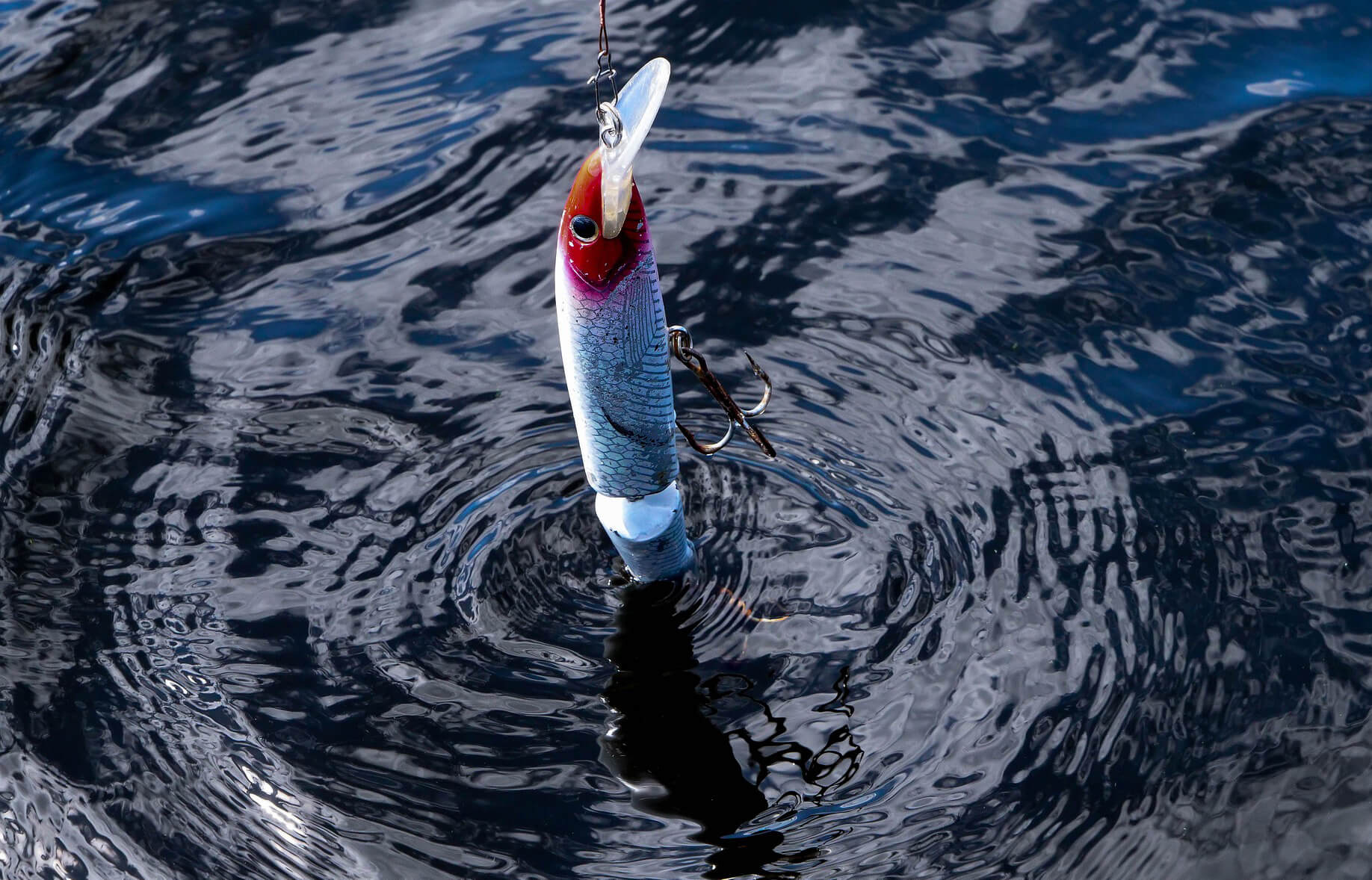
For fishing halibuts, various baits and baits are used. Invented a large number of specialized snap-ins that allow you to use both live nozzles and artificial ones. The fish responds well to various animal nozzles: slicing from various fish of local species, as well as crustacean and mollusk meat. In addition, live bait is used, while special snap-ins with a grip head are used. In addition to natural nozzles, various artificial baits are used: spinners, silicone imitations, etc.
Where to catch halibut
The habitat of all halibuts is the northern seas of the Atlantic, Arctic and Pacific Oceans. As already mentioned, the habitat covers the region from the Barents to the Sea of Japan. They live at various depths, some species live on 2000 m, mainly on the sandy bottom, where they dig into the ground. Relate to cold-loving fish. In areas with colder water, it is found closer to the coast.

